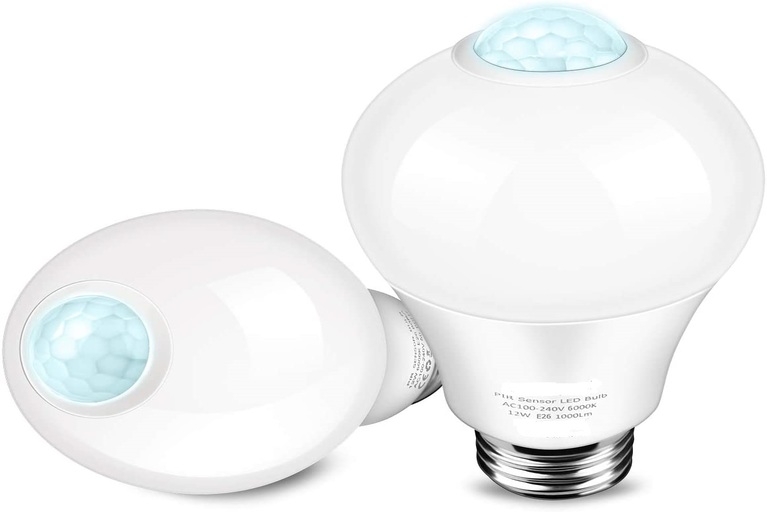
Nowadays we have seen multiple automated machines and gadgets. The human desire to accomplish more with less has extended into the security systems, where devices like motion-sensing light bulbs provide high levels of security while taking up little space and using less power than convention lighting systems. The technology behind this is old and most of us aware of the infrared light detection mechanism to detect motion. If you are not aware of this, don’t worry you are at the right place. Before going to dig up the engineering of this gadget, let’s introduce it.
What is a Motion-sensing light?
A Motion-sensing light is turned ON as soon as the motion sensor detects you. Most of the motion sensors in this gadget are using infrared for detection mechanisms.
Before understanding this mechanism first of all let me tell you that motion sensing can be achieved by using other techniques also like ultrasound, microwave, or photosensor. All of these are techniques are using active sensors. They emit some kind of energy (sound, microwave, or light) into the environment to detect a change of some sort. The motion sensors of most of the lights (including other security systems) are using passive sensors that detect infrared energy. These sensors are therefore known as PIR (Passive Infrared) or Pyro-electric sensors. Infrared energy detected by this passive sensor and it turned ON the Motion-sensing light.
We have a brief about the motion-sensing technology of this instrument. Now it’s time to see the engineering behind this gadget.
Engineering inside it:
A Motion-sensing light includes below important hardware units:
- Power adapter
- Sensor
- Light bulb
Power adapter:
It is the primary unit of this gadget. The power adapter converts the input AC power to DC power and delivers it to the Sensor and Light bulb module of this gadget. The adapter circuit has several diodes, resistors, capacitors, transistors, and a high-frequency transformer. Its working is similar to an adapter circuit of LED or Smart bulbs but output current or load handling capacity is good to drive both modules (Sensor and Light bulb).
Sensor:
We have already discussed the type of sensor inside the Motion-sensing light bulb. It is a PIR sensor. These sensors are a little bit completed than other automation sensors because multiple variables affect the sensor performance.
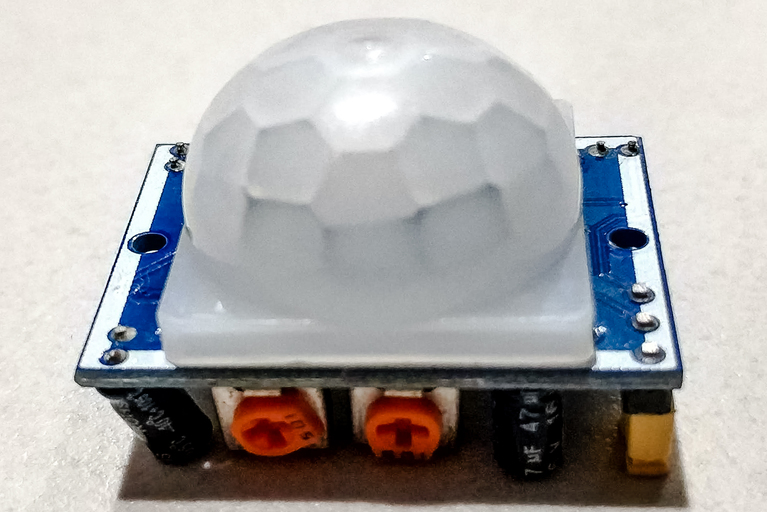
PIR sensor module with lens

Components in PIR sensor module
The Passive Infrared sensor itself has two slots in it, each of them is made of material that is sensitive to infrared radiation. A lens is being used with a sensor to concentrate the infrared radiation over the PIR sensor. When the sensor remains in an idle state, both slots detect an equal amount of Infrared radiation from the room or walls or outdoors. When a warm object (Infrared Radiation emitter) passes by, it first intercepts one half (one slot) of the PIR sensor and as a result, a positive differential change occurs between two slots. Again when the warm object leaves the sensor area, the reverse happens, whereby the sensor generates a negative differential change. These changes have been processed in a pulse form by the associated circuit of the PIR sensor. A PIR sensor module built over a PCB board that contains all of the required components like IR sensor, Lens, and associated circuit for output pulse processing.
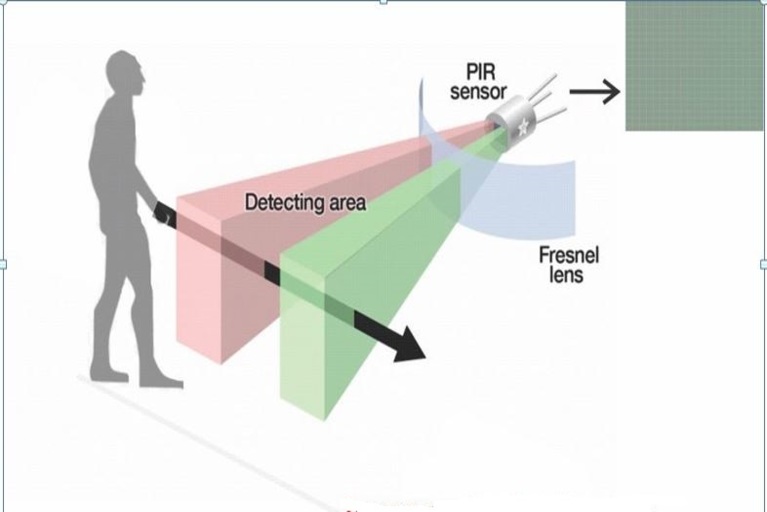
Working of PIR motion sensor
Light bulb:
The Motion-sensing light commonly uses LEDs to generate light. The power supply to this unit is primarily controlled by the PIR sensing module. The circuitry of this unit contains voltage regulator ICs to control the voltage fluctuation, few carbon resistors to control current flow in LEDs. Here LEDs are connected in both manners – Parallel as well as Series. The parallel combination provides equal voltage and the series combination provides equal current to LEDs. As we know these are energy efficient, long life, and most importantly they provide bright light.
Working process:
While considering the working process of the Motion-sensing light three elements come in the pictures, Power adapter, PIR sensor, and Light bulb. Here PIR sensor module works as a switch that makes and breaks the connection of the Light bulb to the power supply unit or Power adapter. When a warm object like a human being or animal comes under the detection area of the PIR sensor module then it gets activated to perform its operation. When a warm object leaves the detection area, the reverse function happens. That’s how it works.
Applications:
A Motion-sensing light triggers a response when it detects the motion of the warm moving object. It can be installed indoors, outdoors, on walls, and much more places. Most of the persons preferred to install this gadget where security is important.
Motion sensing light can also be used in external applications, on the outside of homes, to sound an alarm or to turn on an outside light to announce a person’s presence.
Thanks for reading. See you soon with another exploration!

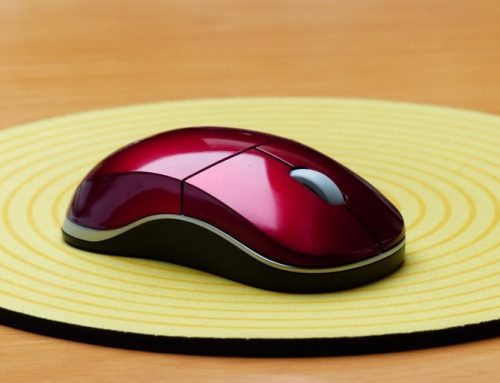


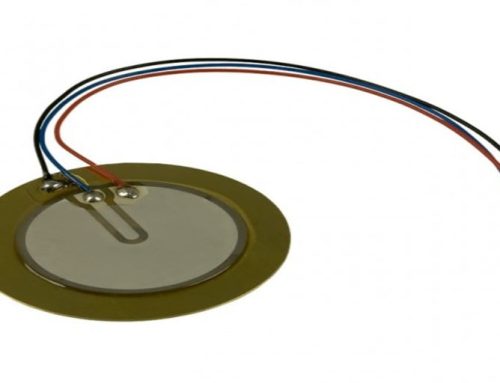

[…] But now there is one more thing that is moving with a faster speed than bullets and that is “Light”. Is there anything that can move faster than light? Let’s find […]